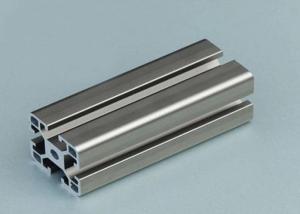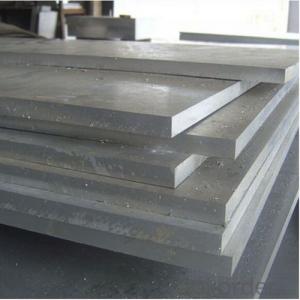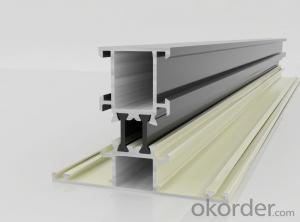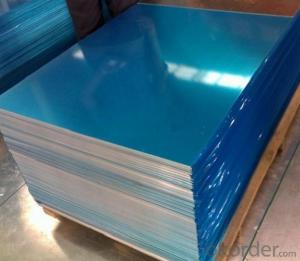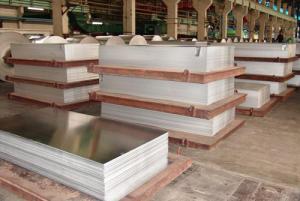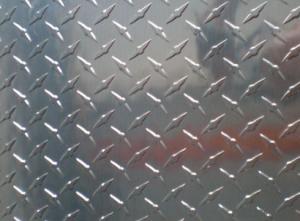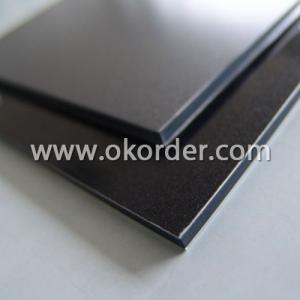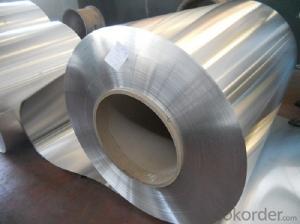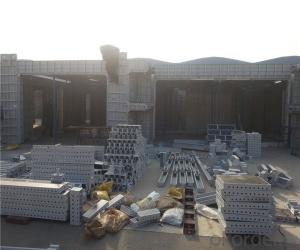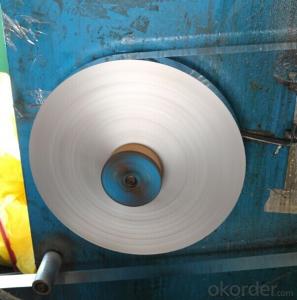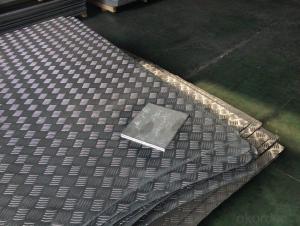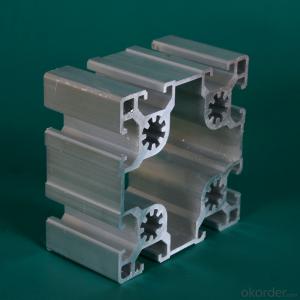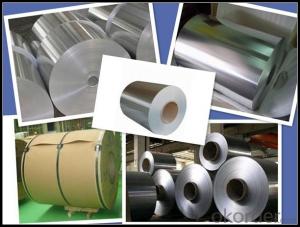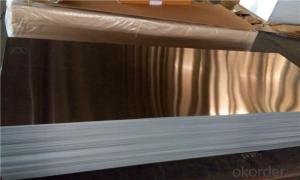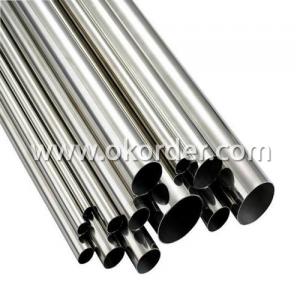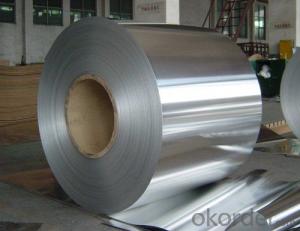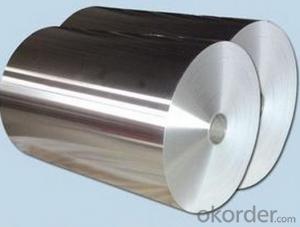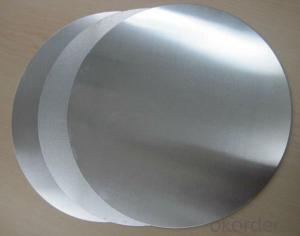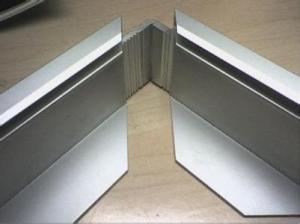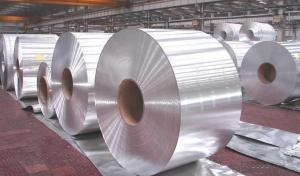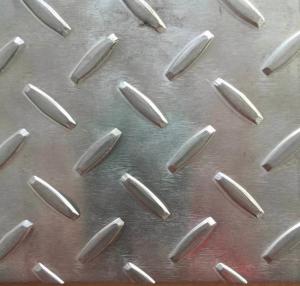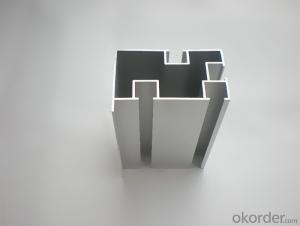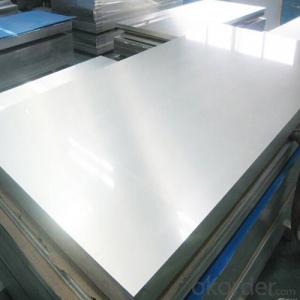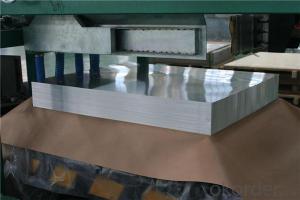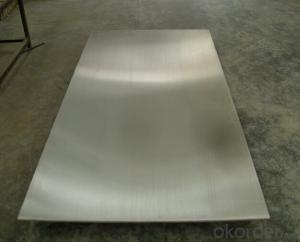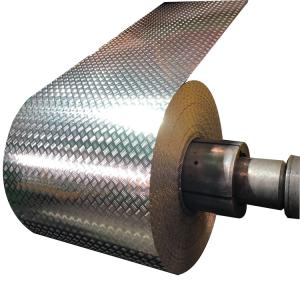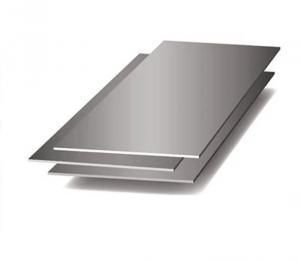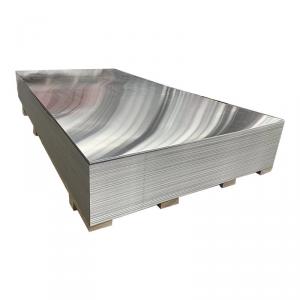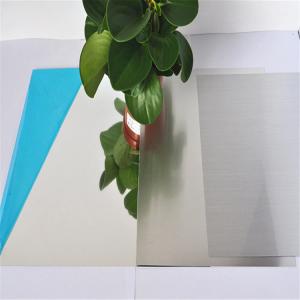Metric 6061 Aluminum Plate
Metric 6061 Aluminum Plate Related Searches
Aluminum 6061 Plate Aluminum Plate 6061 6061 Aluminum Alloy Plate 6061-T6 Aluminum Plate Bending 6061 Aluminum Plate T6061 Aluminum Plate 6061 Aluminum Tread Plate 6061 T6 Aluminum Plate 6061 Aluminum Diamond Plate 6060 Aluminum Plate 1 4 6061 Aluminum Plate 6061 0 Aluminum Plate 1 2 6061 Aluminum Plate 6061 Aluminum Tooling Plate 1/2 6061 Aluminum Plate 1/4 6061 Aluminum Plate Metric Aluminum Plate 6061-T651 Aluminum Plate 6061 T651 Aluminum Plate Aluminum Plate 6063 6061 Aluminum Plate 1 2 6063 Aluminum Plate 3/8 6061 Aluminum Plate 6061 Aluminum Plate Thickness 6061 Aluminum Plate For Sale 6061 Aluminum Plate Price 6061 Aluminum Plate Suppliers 60 Aluminum Plate 3 8 6061 Aluminum Plate 6061 Aluminum Plate TolerancesMetric 6061 Aluminum Plate Supplier & Manufacturer from China
Metric 6061 Aluminum Plate is a widely recognized alloy known for its excellent strength-to-weight ratio and superior corrosion resistance. This high-quality aluminum plate is made from a heat-treatable alloy that offers excellent mechanical properties, making it suitable for a variety of applications. It is commonly used in industries such as aerospace, automotive, and construction due to its ability to maintain strength and durability under various conditions.The 6061 Aluminum Plate finds its usage in numerous scenarios, including structural components, transportation equipment, and machinery parts. Its versatility allows it to be used in both lightweight and heavy-duty applications, making it a popular choice for manufacturers and engineers. The alloy's excellent weldability and formability further enhance its appeal, as it can be easily shaped and joined to create complex structures and components.
Okorder.com is a leading wholesale supplier of Metric 6061 Aluminum Plate, boasting a vast inventory to cater to the diverse needs of customers. As a reliable source for this high-performance material, Okorder.com ensures that customers receive top-quality products at competitive prices. With a commitment to customer satisfaction and a focus on providing exceptional service, Okorder.com stands out as a trusted supplier for Metric 6061 Aluminum Plate.
Hot Products


